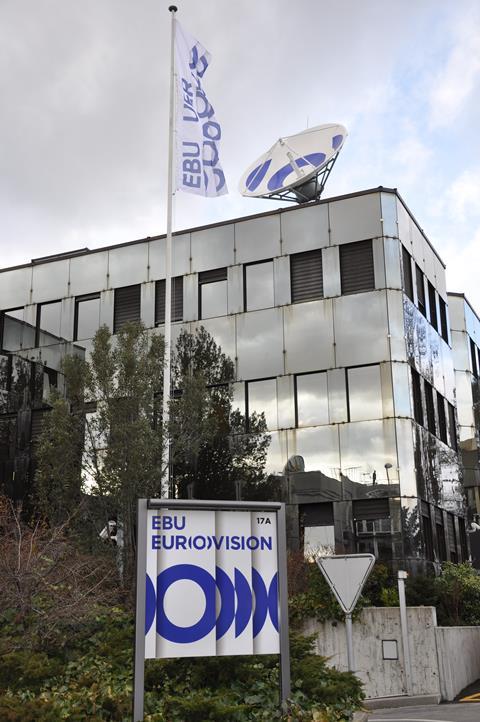European broadcasting experts have called out Facebook, Amazon, Apple, Netflix and Google platforms to fight the spread of fake news and online disinformation.
The European Broadcasting Union (EBU) has released a report on policy initiatives and a censorship framework to counter fake news and the spread of disinformation online.

The report, which includes input from experts from the European high level group of experts (HLEG), refers to “large US-based platform companies” that offer services for search, social networking and messaging as increasingly pivotal to users engagement in the digital media era. As such, the platforms companies are increasingly important as both enablers and gatekeepers on information.
EBU Director General Noel Curran said: “Public service media is in the front line in the fight against fake news and online disinformation. Disinformation is severely undermining citizens’ trust in the media at large.
“To reverse this worrying trend, high quality researched and unbiased news content such as that of Public Service Media needs to be prominent on social networks and online platforms, which are key intermediaries in today’s digital media environment.”
The report identifies the term disinformation as a complex problem and defining the term to include all false, inaccurate or misleading information designed, presented and promoted to intentionally cause public harm or for profit.
“Public service media is in the front line in the fight against fake news and online disinformation” Noel Curran, EBU
Outlining a set of measures to fight online disinformation including the creation of multi-stakeholder coalition and a code of practice.
Without undermining the core principle of freedom of expression and media plurality, the report calls out the big online platforms in questions to address the “information disorder”.
Key measurements will enable users easy access to high quality content provided by professional news sources with a focus on public service media. The aim is to increase social media transparency to ensure fake news articles do not generate revenue for its creators.
The recommendations aim to provide short-term responses to the most important problems as well as longer-term responses to increased societal resilience to disinformation.
The multi-dimensional approach recommended by the HLEG is based on a number of interconnected and mutually reinforcing responses. These responses rest on five pillars designed to:
- Enhance transparency of online news, involving an adequate and privacy-compliant sharing of data about the systems that enable their circulation online
- Promote media and information literacy to counter disinformation and help users navigate the digital media environment
- Develop tools for empowering users and journalists to tackle disinformation and foster a positive engagement with fast-evolving information technologies
- Safeguard the diversity and sustainability of the European news media ecosystem
- Promote continued research on the impact of disinformation in Europe to evaluate the measures taken by different actors and constantly adjust the necessary responses
Director General of SVT, the national public TV broadcaster in Sweden, Hanna Stjärne, said:
“Ethical guidelines set out in a code of practice addressing the role of international digital platforms are clearly needed.
“Media companies in Sweden have long-term guidelines that are followed up in an open and transparent process; a similar public framework does not exist for international platforms. The High Level Group has now developed a framework for a Code of Practices and a process for putting it into practice.”
The HLEG concluded its finding taking into account the threat disinformation poses on society and the power of digital media offering a multi-dimensional approach catering to the continued evolution of the technology giants.
The HLEG recommended, as a first step, a self-regulatory approach based on a clearly defined multi-stakeholder engagement process, outlined within a binding roadmap for implementation, and focused on a set of short and medium-term actions.
For the complete report visit the European Commission.



























No comments yet